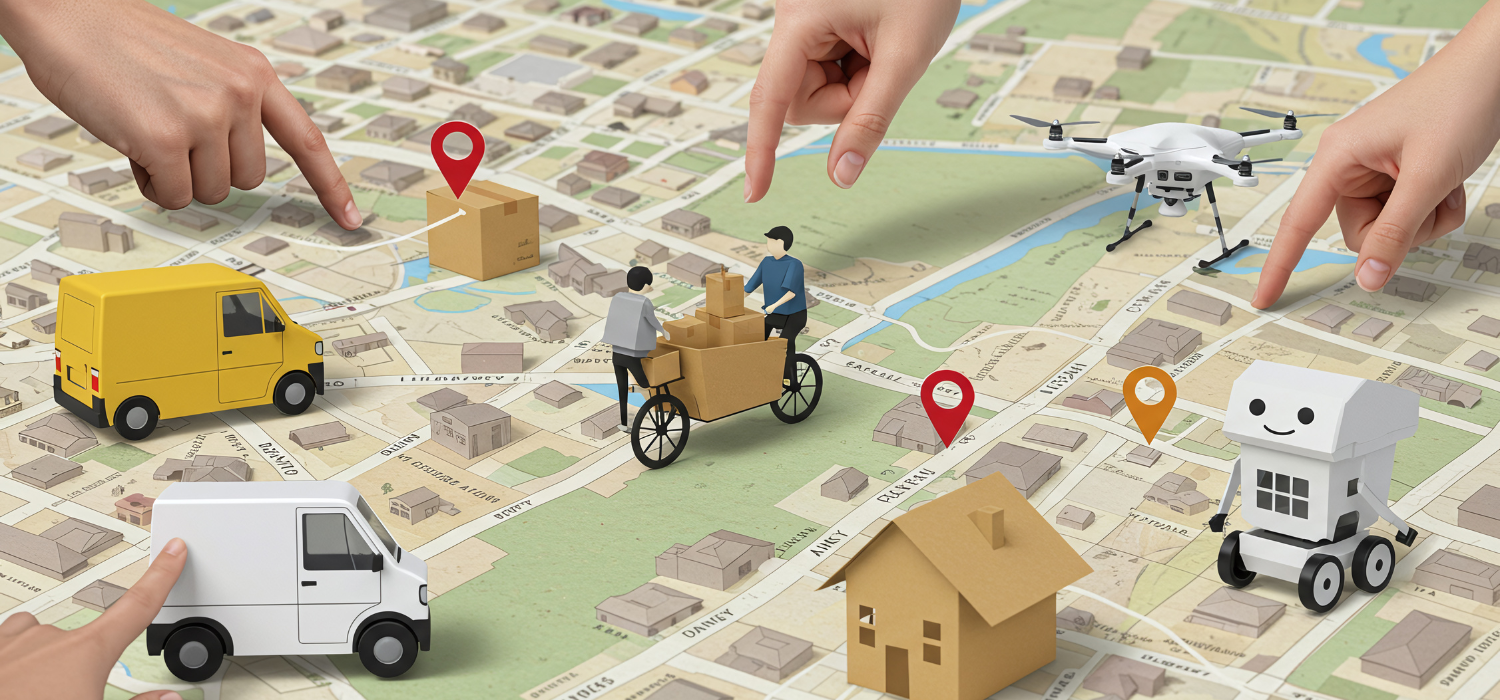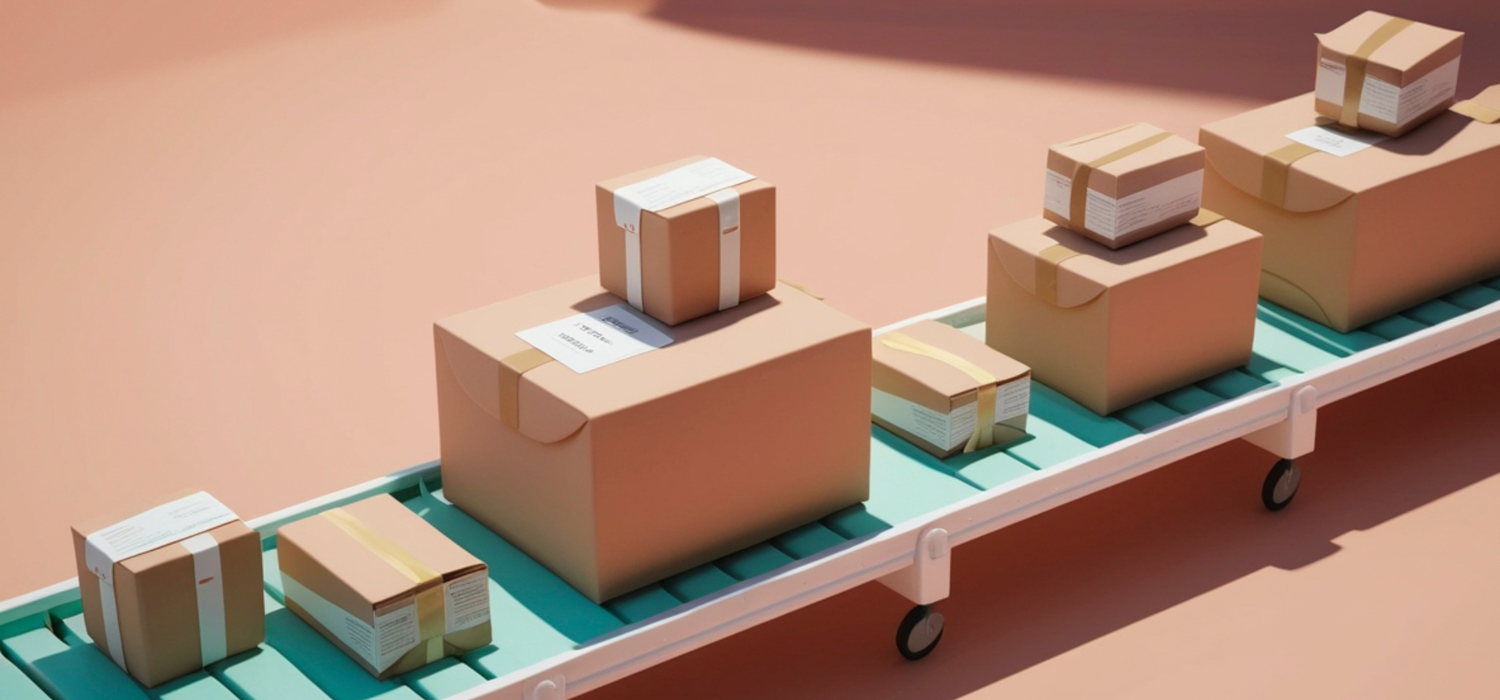In 2025, the Italian e-commerce delivery market underwent a profound transformation.
Between cost pressures, volume growth, infrastructure investments and new, increasingly demanding consumer expectations, last-mile logistics is currently undergoing a phase of strategic repositioning. This transformation affects not only large couriers, but also retailers, logistics operators and technology platforms that enable Out Of Home delivery and collection.
According to the ‘Italian last-mile delivery market analysis’ published by Tembi – one of the most comprehensive reports on e-commerce and last-mile delivery in Italy – figures and trends are emerging that paint a picture of an evolving market, ready to welcome significant growth in lockers and collection points.
For this reason, 2026 is likely to be a key year for the widespread adoption of Out Of Home services, with interoperability platforms (yes, just like GEL Proximity!) playing a decisive role.
Here’s everything you need to know about how the Italian last-mile market is changing.
A market exceeding one billion parcels: Italian e-commerce in 2025
In 2025, Italy will remain one of the most important markets in Europe in terms of the volume of active online retailers. This year, in fact, the number of active digital stores reached 94,724.
The market is quite fragmented and consists mainly of small and medium-sized merchants: retailers classified as ‘very large’ account for less than 1%.
In terms of volume, however, the Italian market will exceed one billion parcels shipped during the year. This is a key figure for understanding the growing impact of e-commerce deliveries on urban networks and the operational capacities of couriers.
The product categories driving growth
Another useful piece of data for understanding the nature of the market concerns the distribution of product categories.
The most represented category is ‘Clothes & Shoes’ with 12.08%, followed by Food & Groceries (6.66%) and Beauty & Personal Care (5.37%).
These are all sectors with high purchase frequency and rather high return rates, which have a direct impact on delivery flows and, above all, on the issue of returns management, one of the areas in which Out Of Home services are receiving greater attention from logistics operators.
Italy is still ‘home delivery-centric’, but the transition to OOH is inevitable
Despite the exponential growth of eCommerce, there is one surprising fact: the Italian market is still strongly oriented towards home delivery. In fact, 89% of retailers offer home delivery as their only delivery option, while Out Of Home alternatives, such as Lockers and Pick-up Points, are still rarely available at checkout.
The data speaks for itself:
- only 4.9% of stores offer both home delivery and PUDO as delivery options;
- 2% offer both home delivery and lockers;
- just 0.15% offer all three methods (home delivery + PUDO + lockers).
These figures confirm that Italy still suffers from a significant ‘Out Of Home adoption gap’ compared to other European markets where the adoption rate of alternative and more sustainable delivery methods is already much higher and where Lockers and PUDO are already an integral part of the consumer experience.
The operational consequences of this shortfall are significant. Among the main ones:
- increase in failed delivery attempts
- higher costs for couriers
- overall inefficiency in managing seasonal peaks.
In short, a delay that comes at a high price.
Price comparison: OOH is cheaper than home delivery
Yes, because the average cost of deliveries also changes, and significantly so. According to Tembi’s data, the average price of a home delivery in Italy is £6.50, while the average cost of OOH deliveries drops to just £5.80.
This is a significant difference that reflects the operational efficiency typical of Out Of Home deliveries, where couriers can deliver many parcels to the same collection point instead of making individual home deliveries. And if a service is cheaper, more efficient and more sustainable at the same time, it is clear that OOH represents a real opportunity for logistics operators and eCommerce platforms that want to improve their margins.
Lockers and PUDO: Italy accelerates
For this very reason, Italy is currently experiencing a phase of rapid acceleration in Out Of Home solutions, with a significant expansion of the OOH network.
To cite a few positive examples, Poste Italiane and DHL have launched a joint plan to install 10,000 new lockers across Italy, while DPD BRT, thanks to its acquisition of Fermopoint, aims to reach 4,000 lockers within the next five years. Finally, we cannot fail to mention the InPost network, which will already exceed 3,000 lockers installed by 2025. Finally, GLS also began expanding its network of lockers throughout the country in 2025.
In short, the simultaneous growth of the networks of the main providers shows that OOH is no longer an ancillary service, but a strategic infrastructure for improving margins, reducing emissions and ensuring reliable deliveries.
White-label checkout: the ‘big black hole’ in courier visibility
Another particularly relevant fact is the spread of white-label checkouts, i.e. a system in which the customer neither sees nor chooses the courier who will make the delivery.
In Italy, between 40% and 57% of retailers use this solution, with its prevalence increasing as the size of the online store grows.
But why is this a problem?
White-label checkouts simplify the purchasing process for the customer, but often penalise the visibility of delivery options. In other words, instead of showing specific couriers and services, these systems only display generic labels such as ‘Standard’, ‘Express’ or ‘Economy’, without highlighting the existence of alternatives such as lockers or collection points. The result is that consumers are not able to make informed choices about the most efficient, sustainable or suitable options for their needs, and retailers end up reducing a potentially significant competitive advantage.
The GEL Proximity platform, while also integrating in white-label mode, operates in the completely opposite way: it does not hide options, but rather enables and enhances them. The platform allows merchants to easily integrate Locker, PUDO and OOH services from different providers, making them visible at checkout in a clear and structured way. The result is a richer, more customisable and truly flexible delivery experience that improves conversions and logistics performance.
If you are interested in finding out more, contact us now and we will explain in detail how it works!
Why Out Of Home is the key infrastructure for 2026
In light of the data presented, Italy’s direction towards last-mile logistics is clear: 2026 will be the year when Out Of Home becomes an infrastructure standard for Italian eCommerce.
For e-commerce, couriers and retailers, integration today means three immediate advantages:
- an extensive network that allows for greater flexibility,
- a reduction in costs associated with failed deliveries,
- a measurable improvement in customer experience and operational sustainability.
GEL Proximity is already one of the main enablers of this transition. With over 500,000 collection points and lockers, our platform allows retailers and logistics operators to access the largest OOH network in Europe, without technical complexity and with centralised management of consumer delivery preferences.
Would you like to integrate Pick-up Points and Lockers into your eCommerce checkout right away? Find out how GEL Proximity can help you: check out our services now!













